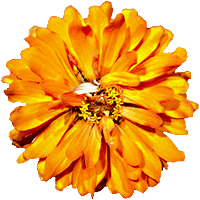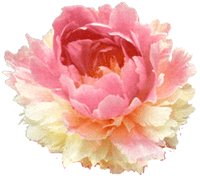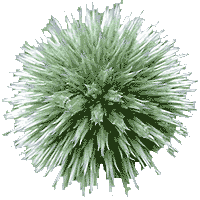Write as if you, yourself, are a map. Interweave how you come to discover conclusions with the conclusions themselves. I’m reading a book that does this wonderfully.
People remember best in maps. This was the first and most important point of long-time coach David Rock when he spoke at the International Positive Psycholgy Conference last year. We remember best if we can touch it or walk it.
THE TV CARTOONS AND NO HAND GESTURES STUDY
A lot of childhood learning is based on associating learning with body kinesthetics: sing a nursery rhyme and bounce the child up and down, and suddenly, the child learns the rhyme easily. There was a study done with children where researchers asked children to sit in front of a tv and watch a cartoon, and afterwards, the researchers asked the children to explain what happened in the cartoon. The children used their hands to demonstrate while they talked and talked and described the whole story. Then in the test group in same study, the researchers sat children down in front of a tv, and tied their hands to the sofa chair while they watched the cartoon. Afterwards, they asked the children to describe the cartoon (while still not being able to use their hands to gesture since the hands were tied down), and they found the children remembered very, very little of the content of the cartoon. Using the physical space, such as gesturing with hands – and even imagining using the physical space – allows us to remember better.
THE MAP MEMORY TRICK
This is a trick that my friend (whom I sometimes call “the memory guy” because he competes in memory competitions) told me once. He uses this to remember long strings of words. Here, I’ll show you how this works. But first, let’s see how fast you can memorize something anyway.
1) Memorize this list in order fast (actually, get a watch with a second hand, or open up the Date and Time Properties on your computer. ) Keep looking at this list until you can repeat it, in order, without looking. Stop when you can repeat the list having turned your back to the computer and with your eyes closed. Highlight the following line with your cursor:
List (in order): lemon, teddy bear, watermelon, camel, rubik’s cube, rubber duck, baby pacifier, golf club
2) Now, let’s try it the mapping way. First, think of an apartment or house that you know well. Now, think of two specific rooms in the apartment. Now think of the four corners of the two rooms. When I show you the list, imagine walking into one room, looking at it and scanning clockwise each of the four corners, then going into the next room and scanning each of the four corners clockwise. Now, the way you’ll memorize this second list is in your head put one object each into each corner, so when you go to scan, you see that object there along with the other items that really exist in that corner. So, for example, if the first word were dinosaur, then you’d put a dinosaur in the first corner of the first room, setting the dinosaur in your head on top of your real bookshelf in that corner, and seeing him surrounded by those books. And keep setting objects around the corners of room. After the first room, you immediately go into the second room…
Ok, ready? Get ready to time it. Again, you can stop when you can repeat the list in order turned away from the computer and with your eyes closed. Here is the second list:
List (in order): water slide, yoyo, ice cream, white tshirt, strawberry, basketball, scissors, lollipop
Ok, which one did you do faster?
I would bet it’s the second one. Why? Because you used a map. You used the map of the two rooms. And you used your visual and memory processes together to remember the list in order. Associating learning with body kinesthethics.
Another map memory trick is to see in your head the route you take from your home to the grocery store (or any other frequent destination). Then, if you want to memorize a list of items, place those items along the road in your path to the grocery store: at turns and at stop signs. For example, you might place a huge oversized avocado at the corner gas station before you turn left, and three full red tomatoes perched on the following stoplight before you turn right, and so on.
HOW NEUROSCIENTIST GOLDBERG DOES IT
I’m reading The Executive Brain by Elkhonon Goldberg. He’s a clinical neuropsychologist and cognitive neuroscientist. The last paragraph of his introduction is so simple and clear: it tells how he will be describing how he came to some conclusions at the same time as describing those conclusions. So, in essence, he gives us a map for following and understanding when and how he reaches his conclusions in neuroscience. And that map is the timeline of his life.
Goldberg says, “I believe that ideas are best understood when considered in the context in which they arise. Therefore, interwoven with the discussion of various topics of cognitive neuroscience are personal vignettes about my teachers, about my friends, about myself, and about the times in which we live.”
Enjoy mapping things out, and playing map-memory games with yourself whenever you have a four-item or eight-item grocery store list (you know, you could do non-multiples of four as well: just don’t fill every corner of each room). :)
And play with writing about ideas in the manner in which they had come to you – unpacking the way in which you figured something out – that story of how you figured it out is sometimes the driver of what it was that you figured out.
Take-away: Write as if you are a map, and as if you’re describing yourself.



